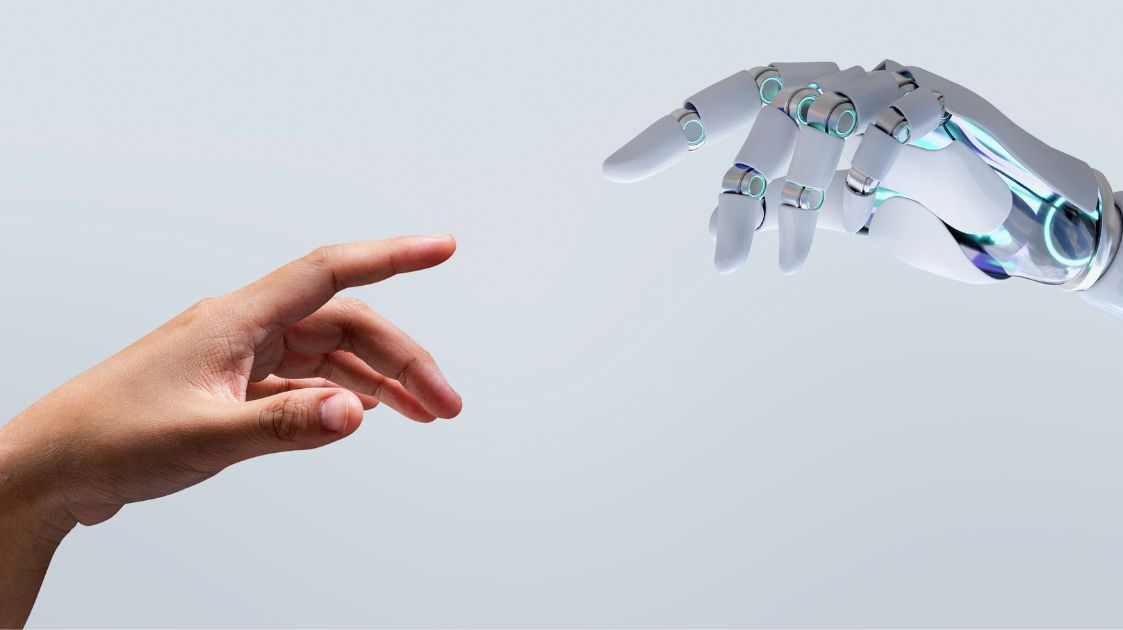
5 Best Practices for Managing a Multigenerational Workforce
Today’s workforce is more diverse than ever! Great companies and managers understand the benefits of embracing this diversity and are intentional about creating an inclusive environment where all employees feel welcomed and valued for their unique perspectives and input. A major area of diversity employers are finding a need to focus on is generational diversity – the differences in age groups.
With individuals continuing to work well beyond retirement age, there are more generations working side by side than previously seen. In today’s work environment, it’s feasible for a manager to be leading a team spanning up to four generations – from recent college graduates to well beyond retirement-eligible employees. The core age demographics in the current workforce include;
- Baby Boomers: (Born 1946 to 1964: Age 60-78) This group greatly values hard work but is more self-assured, goal-oriented, and disciplined. They tend to have a more traditional approach to completing tasks and value collaboration.
- Gen X: (Born 1965 to 1976: Age 48-59) This generation tends to be more independent thinkers. While they welcome collaboration, they appreciate time to think and research alone. They’ve had to embrace technology later in life, therefore are not innately “techie”, however, can navigate online and utilize computer software such as MS Word, Excel and PowerPoint proficiently. They are motivated by healthy work-life balance, company benefits and career development opportunities which help them earn promotions and increased compensation as they are beginning to focus on retirement.
- Millennials: (Born 1977 to 1995: Age 29-47) This age group grew up at the beginning of the technology boom, therefore they are generally more tech-savvy and embrace using these tools to perform tasks. In the workplace, they value recognition and validation of their work. They are a hardworking generation but not as traditional as the previous generations. They value flexibility and the ability to be creative in their approach to completing tasks.
- Gen Z: (Born 1996 and later: up to Age 28) This is the most diverse, open-minded and technologically comfortable generation. They grew up in a world of smartphones and social media – having the world at their fingertips. They are motivated by self-improvement and making a difference in the world. A flexible work environment is attractive to them – they’ll get the job done, but like to have freedom in the “how.”
To be highly effective, managers must bridge the generational gap so there is collaboration and harmony on their team. Understanding their employee’s preferred management style, what motivates them and how to connect to build strong relationships are the keys to their success. Managers should be adaptable to the differences in views, skills, and preferences among their employees.
Below are some best practices for managing a multi-generational team;
- R-E-S-P-E-C-T: Ensure there is a welcoming and inclusive environment where employees are highly encouraged to collaborate and feel respected for their contributions. While someone may be struggling with embracing new technology, there may be other areas where they shine. Ensure there is recognition and celebration for all helpful contributions.
- Motivation: What makes an employee “show-up” and want to be a part of the organization? Surprisingly, money is often not the key motivator. For a Millennial-age employee, having a more flexible schedule or ample vacation days to spend time with their friends or young children is more top priority, while Baby Boomers tend to be motivated by job stability and company benefits such as retirement savings and healthcare options.
- Encourage Information Sharing: Foster a safe environment of learning and information exchange. Baby Boomers tend to have years of valuable work experience while Gen Z employees are more tech-savvy. These groups should be encouraged to share and learn from one another – doing so can prove quite beneficial for productivity and good for employee morale as they feel valued.
- Be Adaptable: Leading a diverse team requires managers to flex their management style and offer workplace resources based on the different needs of their employees. Identify which style or tools may be preferred by the various groups and accommodate where possible. Identify which work set-ups, technology and schedules allow employees the needed flexibility to manage their workload.
- Build Relationships: Using generalizations should only be a starting point for gaining insight into the unique makeup and needs of an employee group. The information about a demographic should not lead to grouping everyone together – rather managers should make it a point to build and strengthen relationships on an individual level.
Companies can benefit greatly by embracing and leveraging generational diversity. Having tenured employees who possess historical data and institutional knowledge collaborate with the technology-focused newly entered workforce employees can result in great business outcomes.
Interested in learning more about creating a Welcoming Work Environment where Diversity, Equity, and Inclusion are valued? Our team of HR Consultants can assess the current state of the organizational environment relative to DEI, provide recommendations and best practices, as well as prepare customized DEI trainings for your team. Embracing diversity is key to a successful workplace.
Author: Pamela Frazier, HR Consultant




